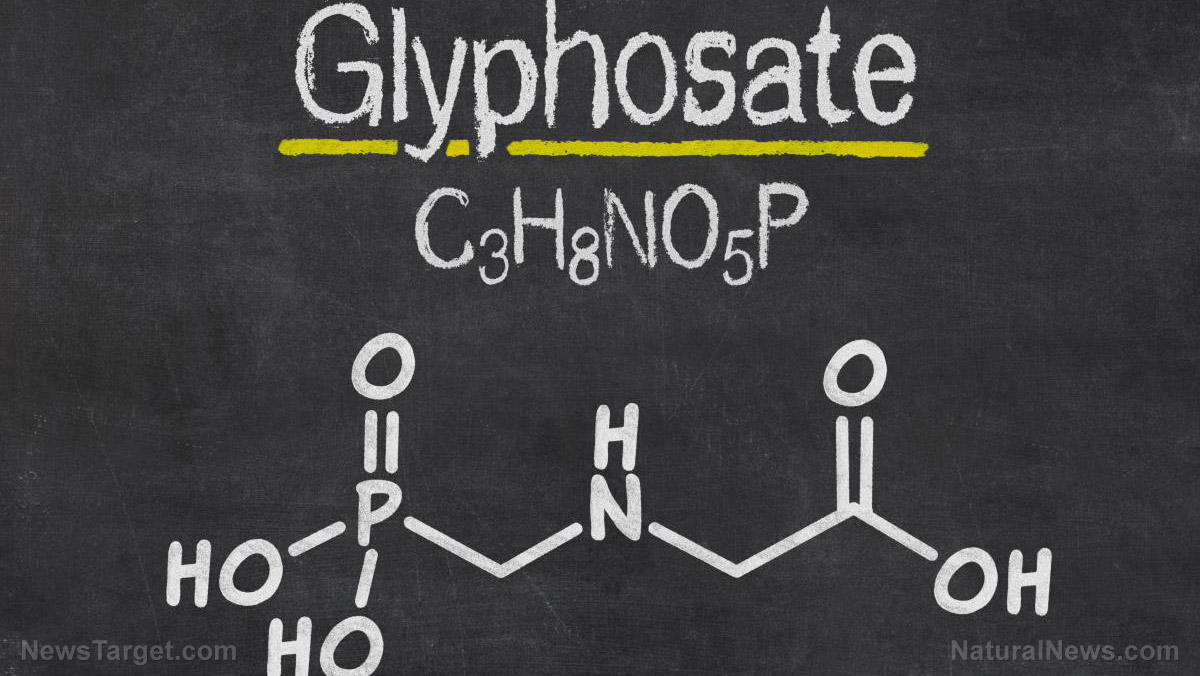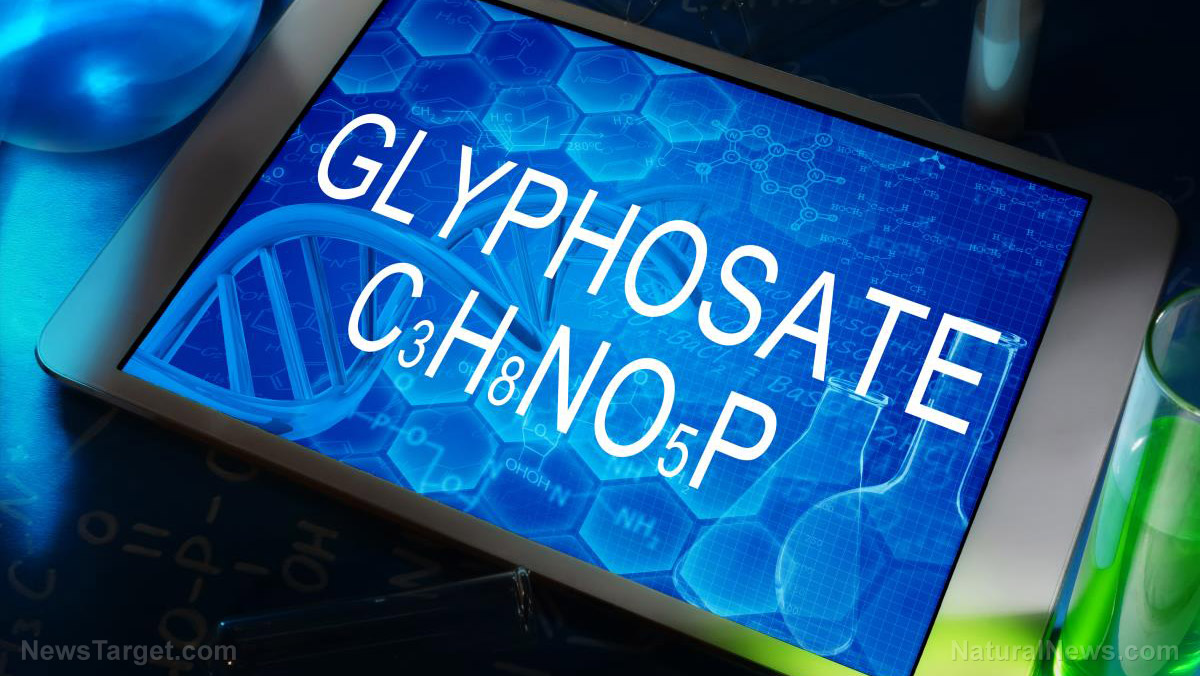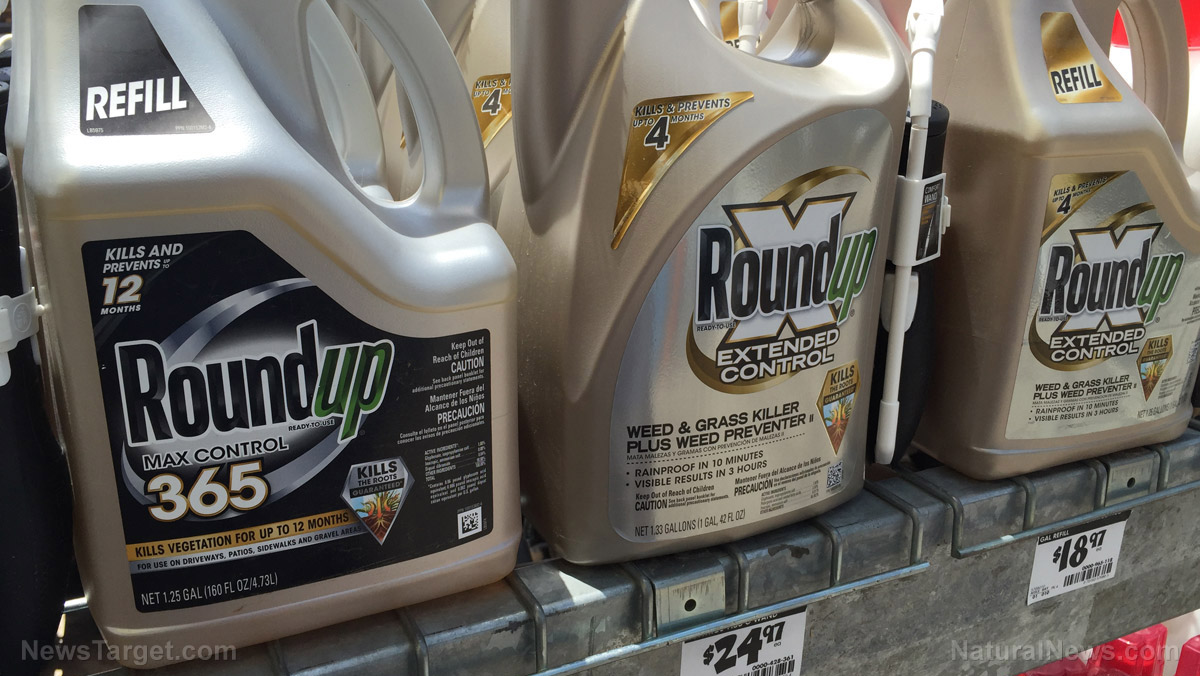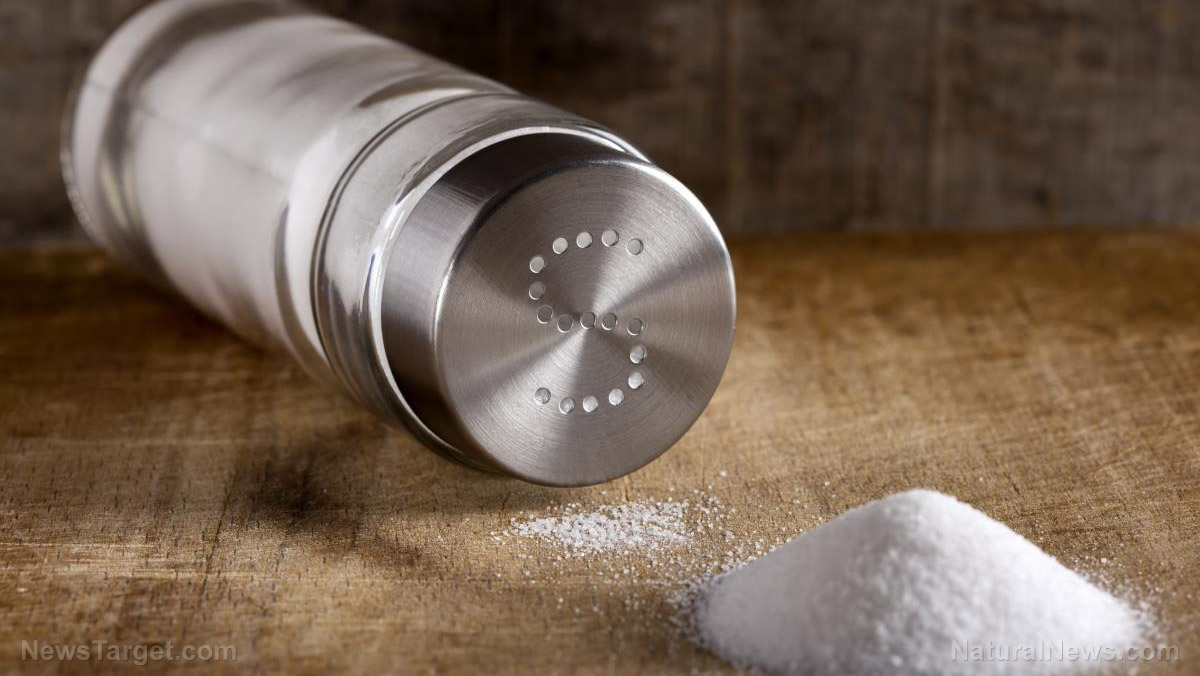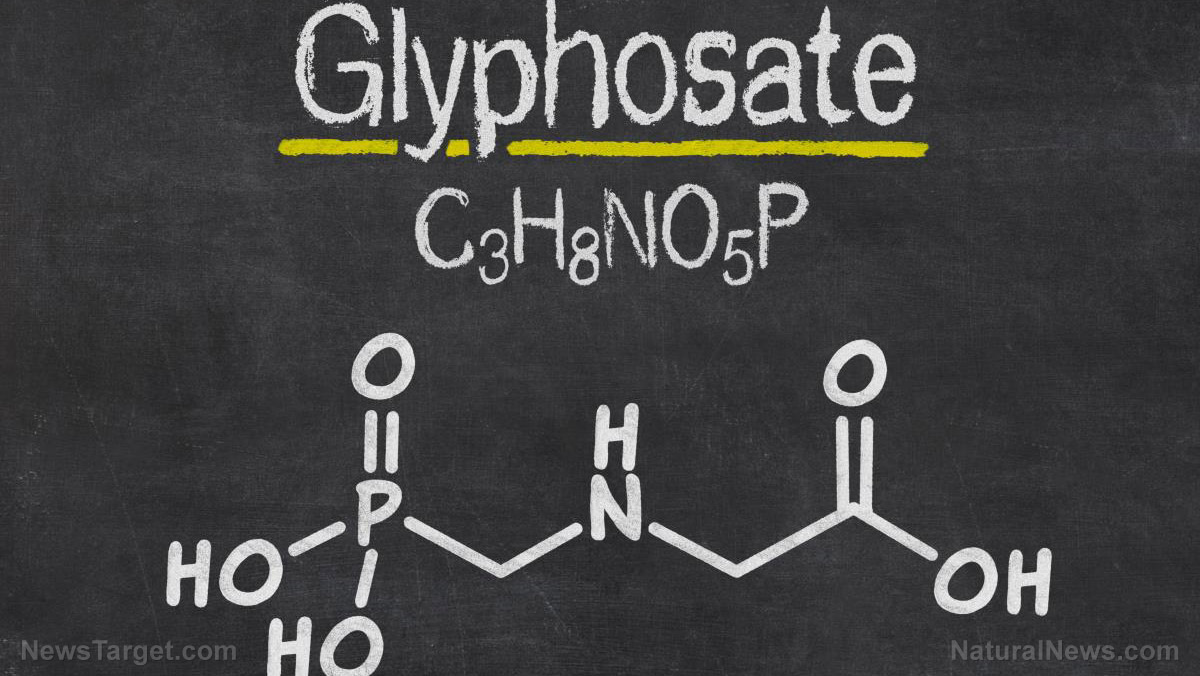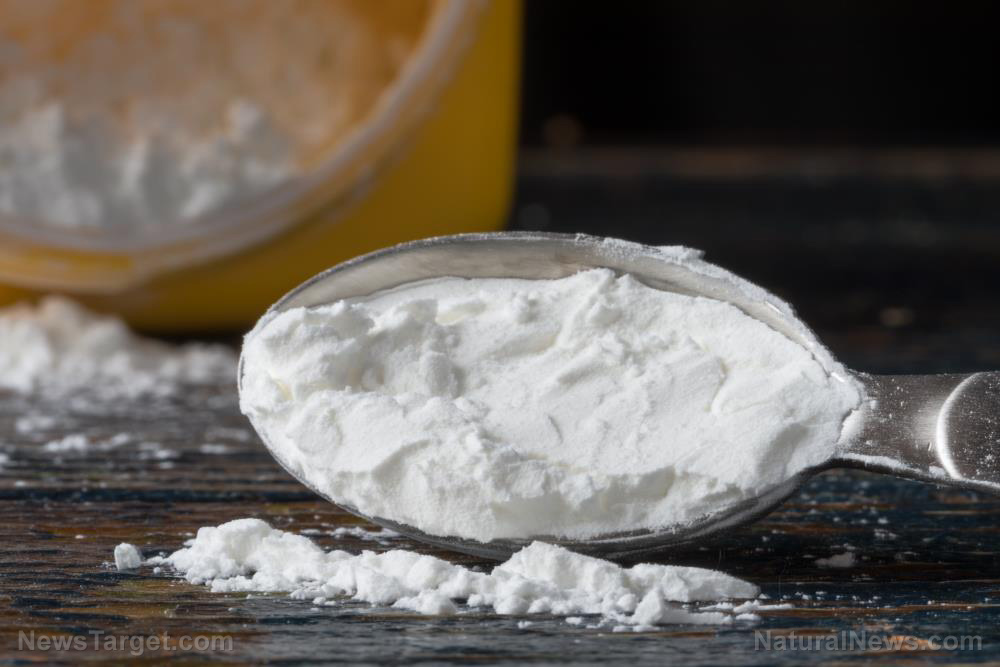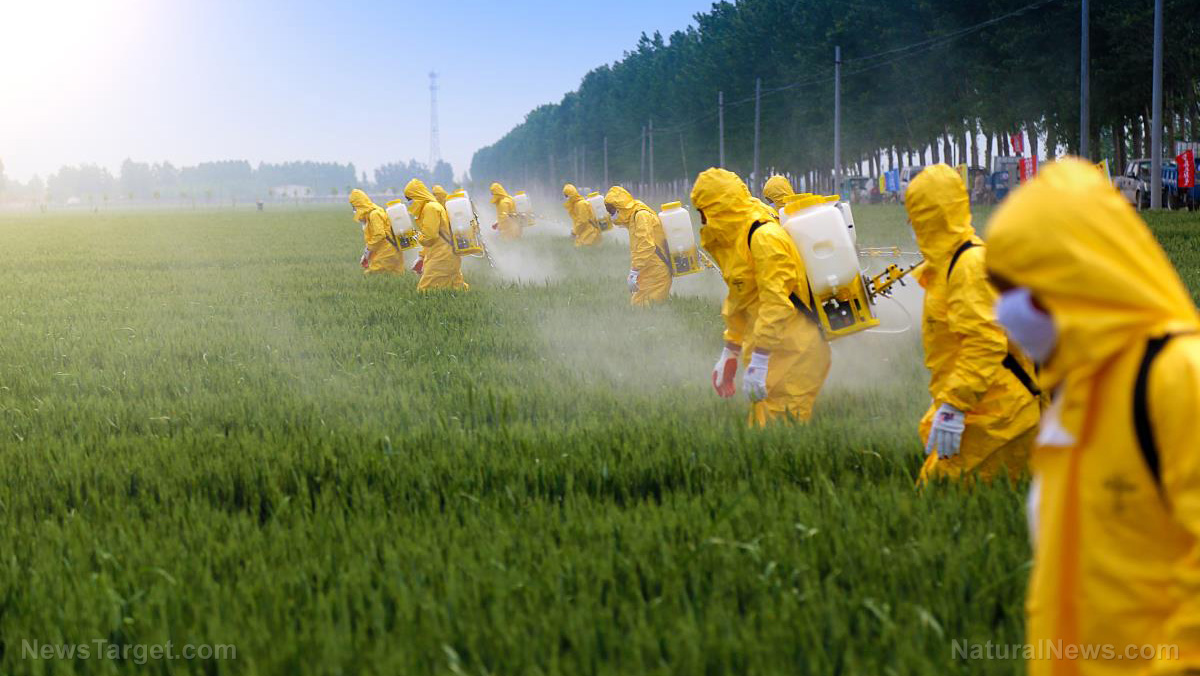Researchers find high levels of pesticides in the Great Barrier Reef, including one that’s BANNED in 60 countries
12/23/2020 / By Virgilio Marin

Marine scientists have detected dangerous levels of several pesticides in the Great Barrier Reef, including the herbicide atrazine. This pesticide has been banned in 60 countries but remains registered for use in Australia.
In a report published in the journal Estuarine, Coastal and Shelf Science, reef water quality expert Jon Brodie and fisheries veterinarian Matt Landos said that 50 individual pesticide residues had been detected in the Great Barrier Reef waterways. Eleven of these, including atrazine, exceeded water quality guidelines.
The researchers questioned the practices of the Australian Pesticides and Veterinary Medicine Authority (APVMA), which is responsible for the regulation and licensing of chemicals. The pair blamed the agency’s loose pesticide regulation and poor management of the reef catchment areas in Queensland for the contamination of the reef.
Loose regulation enabling use of pesticides banned in other countries
Brodie and Landos examined how residues from individual pesticides found their way in waterways that discharge into the Great Barrier Reef. They noted that the pesticide residues are detected widely at concentrations often above Australian guidelines and in waterways where monitoring exists, particularly near areas of intensive cropping.
For instance, a total of 43 pesticide residues were detected in the freshwater and estuarine reaches of Barratta Creek in North Queensland, which has a catchment dominated by irrigated sugarcane cultivation and smaller areas of cotton and horticulture. Seven of these exceeded water quality guidelines during the study period and four, including atrazine, exceeded guidelines for several months.
“Even far offshore in Great Barrier Reef marine waters pesticides are always found due to their surprisingly long half-lives in marine waters and long residence times in the Great Barrier Reef lagoon,” the researchers wrote. (Related: Scientists discover massive dumping ground for toxic DDT pesticide just off LA coast.)
The pair attributed the reef’s contamination to the APVMA’s poor regulation and management practices. These include its reliance on out-of-date water quality guidelines and the slow speed of regulatory reviews which sometimes dragged on for more than a decade.
“A related issue is the long delays between strong evidence of exceedance of guidelines in waters over long periods, as demonstrated via published monitoring studies, and regulatory or management action,” Brodie and Landos said.
The two pointed out that more than 80 of the active ingredients registered for use in Australia are already banned in 27 member countries of the European Union. These include 17 known or probable carcinogens, 48 potential hormone disruptors, 20 or so classified as either extremely or highly hazardous by the World Health Organisation and three subject to actions by international conventions.
Regulator’s ties to the agriculture industry hamper reef protection efforts
The pair are concerned that the APVMA is focused on agricultural interests rather than environmental protection. “A major deficiency of the Australian regulatory system is that the APVMA is under the umbrella of the [Australian] Department of Agriculture,” the researchers said.
Brodie and Landos said that the APVMA has to establish stricter requirements to adequately protect the Great Barrier Reef. They advised the regulator to adopt the European Union’s standards and to continue adherence to the stricter special management provisions for the area.
The APVMA issued a statement saying that it employs a “weight-of-evidence, risk-based model to regulate pesticides.” The authority said that it assesses active ingredients based on their expected volume of use, expected exposure and potential harmful effects on wildlife and organisms.
“The APVMA only registers chemical products where the risks can be mitigated through specific application and safety instructions on the product label,” read the statement. “It is then the responsibility of state and territory governments to control the use of these products.”
In a 2020 study, researchers from the Queensland Department of Environment and Science analyzed 2,600 water samples from 15 Great Barrier Reef waterways and found that 99.8 percent of the samples contained pesticide mixtures. Each sample contained up to 20 pesticides, according to the researchers.
For more articles about pesticide’s harmful effects on the environment, visit Chemicals.news.
Sources include:
Submit a correction >>
Tagged Under:
This article may contain statements that reflect the opinion of the author
RECENT NEWS & ARTICLES
COPYRIGHT © 2017 PESTICIDES NEWS

